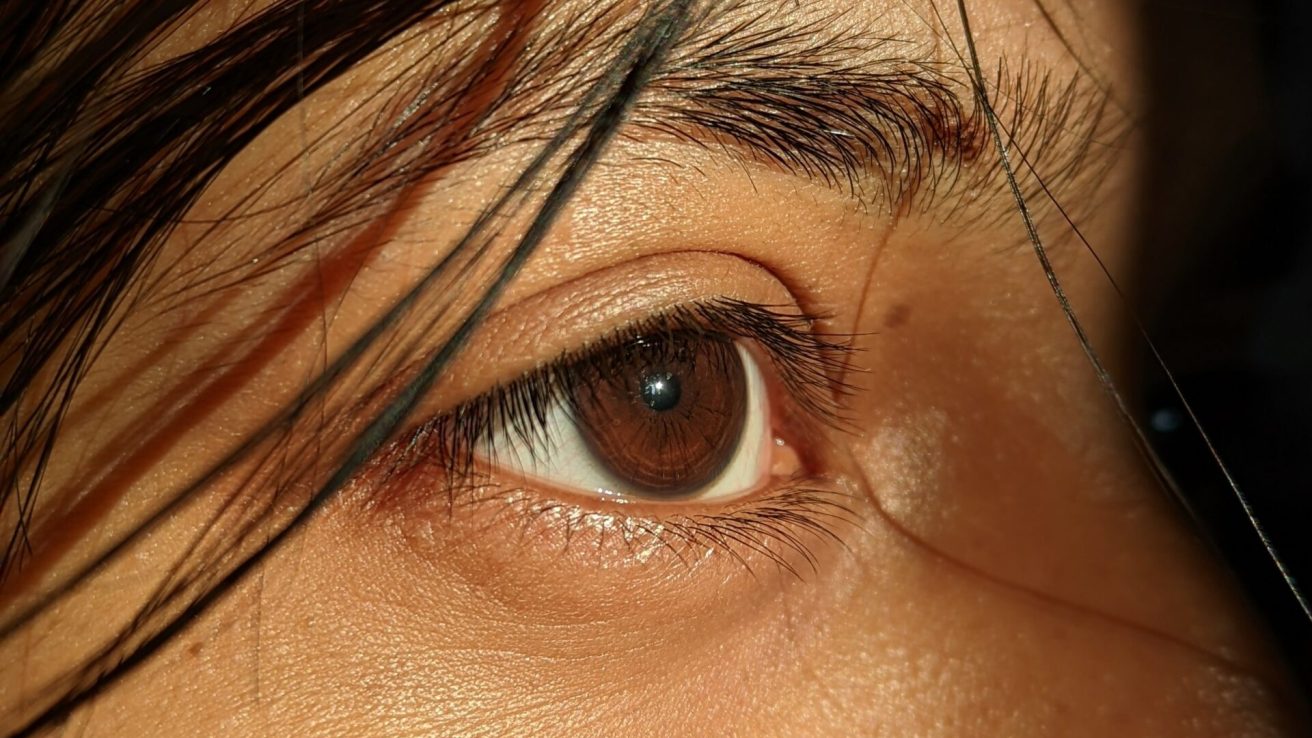Immune activity in the eye during vision loss was similar to that found in the skin during pigmentation loss in an animal model of vitiligo.
- Vitiligo often co-occurs with vision loss due to autoimmune reactions in the eye.
- Only one animal model, the Smyth line of chickens, displays depigmentation and vision loss similar to that seen in some people with vitiligo.
- Lymphocyte and cytokine expression in the eye follows the development of vision and pigment loss.
Vitiligo is an autoimmune disorder in which patches of skin become depigmented due to chronic destruction of melanocytes. Vitiligo frequently co-occurs with other inflammatory autoimmune diseases, such as uveitis, or inflammation of the eye. Uveitis can cause visual impairment and, eventually, blindness, contributing to the worsened quality of life experienced by patients with vitiligo. A recent study published in Frontiers in Medicine investigated the ocular autoimmune processes throughout vitiligo progression in order to determine whether immune activities were similar to those of the skin.
Study Used an Animal Model of Vitiligo
The study was conducted in Smyth line (SL) chickens, the only species that fully recapitulates human vitiligo and all concurrent autoimmune diseases. Most SL chickens will have depigmented feathers, and 5–20% will have visual problems due to uveitis. Researchers collected eyes and feathers from chickens at 1 week, 4 weeks, and 12 weeks of age to observe inflammatory characteristics.
Multiple Inflammatory Markers Increased Over Time
At 1 and 4 weeks, all chickens appeared to have similar pigmentation and immune characteristics. At 12 weeks, SL chickens showed signs of vitiligo and vision loss. In 12-week-old SL chickens with impaired vision and vitiligo, leukocytes, including γδTCR, CD4, and CD8, B cells, macrophages, and MHC class II+ cells were substantially increased. Inflammatory cytokines, especially IFN-γ, were also increased in eye tissue at this time. Unlike controls without vitiligo, markers of melanin production did not increase over the course of disease development.
Autoimmune Uveitis Process in Vitiligo Is Similar to That Seen in the Skin
Autoimmune characteristics in the eye follow a progressive development of melanocyte impairment with high levels of cytokine and lymphocyte activity, similar to that of active vitiligo skin lesions. Understanding the autoimmune disease states of the vision-impaired eye will improve treatment considerations for comorbid conditions, like vitiligo and uveitis.
Source:
Sorrick, J., Huett, W., Byrne, K. A., & Erf, G. F. (2022). Immune Activities in Choroids of Visually Impaired Smyth Chickens With Autoimmune Vitiligo. Front Med (Lausanne), 9, 846100. https://doi.org/10.3389/fmed.2022.846100









